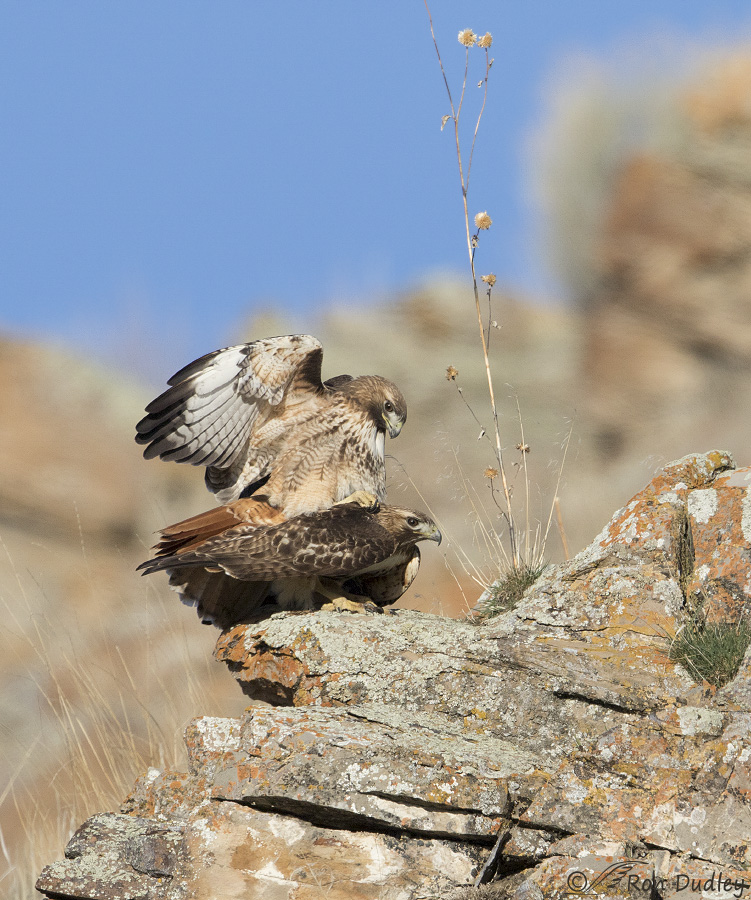Tag: altricial
Brood Patch In A Female Short-eared Owl
One of the primary functions of feathers is insulation and they’re very good at preventing heat loss. But this efficiency presents a problem – how to keep the egg(s) sufficiently warm during incubation, since feathers act as a barrier to heat transfer from parent to eggs. Typical bird body temperature is about 104 degrees F. and the ideal incubation temperature for their eggs is very close to normal human body temperature – 98.6 degrees F. That dilemma has been solved by most bird species through the evolution of the “brood patch” – an area of belly skin that loses its feathers near the end of the egg-laying period. As the feathers are lost, supplementary blood vessels engorge the skin of the “patch” so that hot blood is brought to the surface. Amazingly, the parent can even shut down blood flow to this region when that bird is off the nest. When the incubating parent returns to the eggs for incubation, he/she typically goes through settling movements that bring the brood patch into gentle contact with the eggs. The patch may be large or small, depending on a variety of factors including how many eggs are incubated. Some species have a single patch in the middle of the belly, others may have one each side or even three. Typically the patch is difficult to observe in wild birds, particularly in flight but I have several images of a female Short-eared Owl where it is visible. This female had two chicks that she was trying to keep warm during a typically cold Montana spring. The male…


